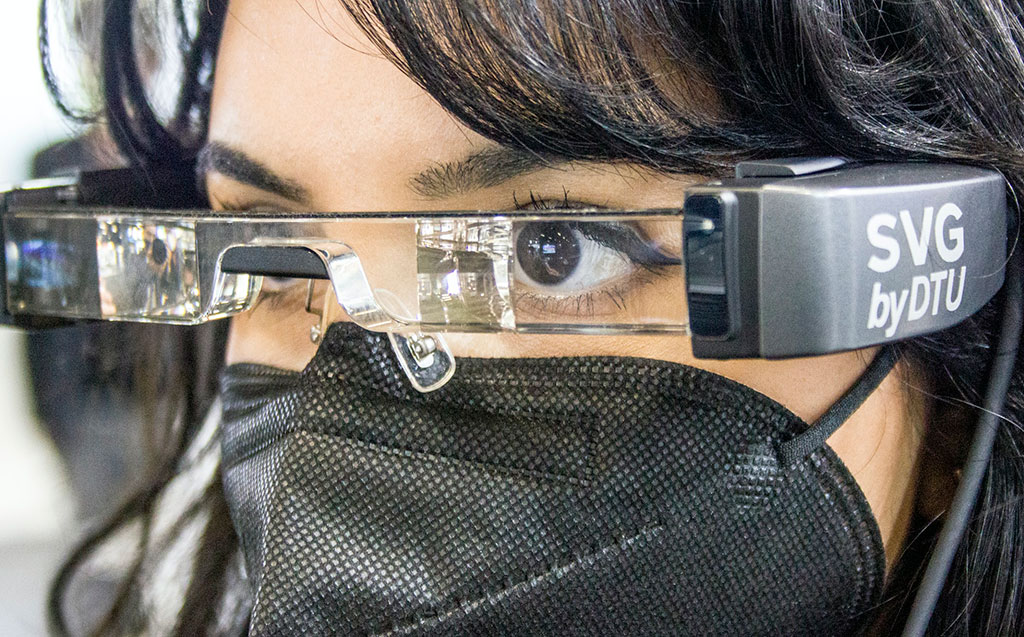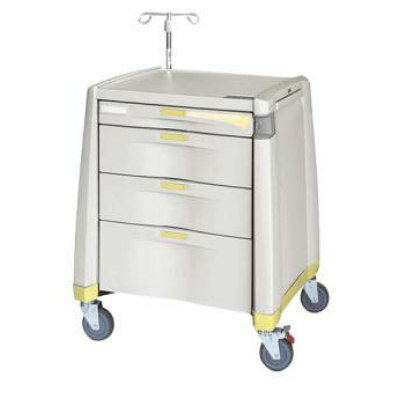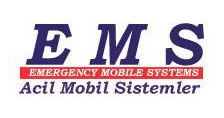AR and VR in Healthcare Market to Surpass USD 14 Billion in 2030 due to Rising Demand for Robotic Surgeries
|
By HospiMedica International staff writers Posted on 14 Feb 2022 |

The global Augmented Reality (AR) and Virtual Reality (VR) in healthcare market is expected to grow at a CAGR of 21.5% from about USD 2 billion in 2020 to over USD 14 billion in 2030, driven by the increasing deployment of AR and VR in various areas across the healthcare sector and for medical training, clinical trials, and to ensure more accuracy and precision surgical procedures.
These are the latest findings of Emergen Research (Surrey, Canada), a market research and consulting company.
Increasing demand for cardiovascular surgeries and use of AR and VR in surgical procedures owing to higher accuracy and precision, reduced recovery time, and fewer complications are some of the major factors driving the growth of AR and VR in healthcare market. In addition, the growing importance of surgical robots, use of preventive medicine, increasing importance of medical visualization, and advent of various healthcare and medical-related apps are boosting the growth of the global AR and VR in healthcare market.
During the COVID-19 outbreak, AR and VR applications in the healthcare sector gained momentum owing to increasing adoption of telemedicine, medical training & education, and patient care management. Rapid digitalization of hospitals to limit physical contact during this period is another factor driving the growth of the global AR and VR in healthcare market. The use of telehealth services among individuals in remote areas and for those for whom visiting clinics was challenging or not possible increased significantly.
However, the cost of AR and VR technologies and devices and equipment is significantly high, which in turn is resulting in higher costs of overall development and end products. This is limiting the deployment of AR and VR technologies in many clinics. Professionals are accustomed to using paper-based systems for a long period of time and increasing adoption of electronic medical records requires technical knowledge and training. Also, the lack of skilled personnel in the healthcare sector for enabling the deployment of more advanced technologies and solutions is hindering market growth.
Among the current trends and innovations in the AR and VR in healthcare market, HoloLens 2, developed by Microsoft, is a pair of mixed reality smart glasses that is a combination of AR and VR. The use of Microsoft HoloLens 2 improves patient treatment and enables medical teams to work securely. HoloLens 2 permits care teams to conduct remote consultations with real-time spatial information and reduces treatment time. It advances clinical diagnosis and offers personalized treatment plans. In addition, it provides innovative telehealth solutions, and better & faster care at relatively lower cost.
Based on application, the training and education segment is expected to register a significantly robust growth during the forecast period. AR and VR technologies enable the provision of more realistic training to medical students and surgeons. Based on end-use, the hospital segment is expected to register a significantly steady growth during the forecast period. Many hospitals are increasingly incorporating AR-based healthcare products in order increase their efficiency. AR and VR technologies and tools are being deployed in hospitals for conducting various medical training programs and procedures such as for exploring human anatomy, and training for operative and post-operative procedures. This trend is expected to continue over the forecast period and boost the growth of the hospital segment.
Geographically, the Asia Pacific region dominated the global AR and VR in healthcare market in terms of revenue in 2020. Increasing research and development activities and technological advancements in countries in the region are driving the growth of the Asia Pacific AR and VR in healthcare market. The markets in other regions are also expected to register a steady revenue growth as these technologies continue to gain popularity and traction in a variety of applications and procedures in the healthcare sector and related fields.
Related Links:
Emergen Research
Latest Business News
- Philips and Masimo Partner to Advance Patient Monitoring Measurement Technologies
- B. Braun Acquires Digital Microsurgery Company True Digital Surgery
- CMEF 2025 to Promote Holistic and High-Quality Development of Medical and Health Industry
- Bayer and Broad Institute Extend Research Collaboration to Develop New Cardiovascular Therapies
- Medtronic Partners with Corsano to Expand Acute Care & Monitoring Portfolio in Europe
- Expanded Collaboration to Transform OR Technology Through AI and Automation
- Becton Dickinson to Spin Out Biosciences and Diagnostic Solutions Business
- Boston Scientific Acquires Medical Device Company SoniVie
- 2026 World Hospital Congress to be Held in Seoul
- Teleflex to Acquire BIOTRONIK’s Vascular Intervention Business
- Philips and Mass General Brigham Collaborate on Improving Patient Care with Live AI-Powered Insights
- Arab Health 2025 Celebrates Landmark 50th Edition
- Boston Scientific Acquires Medical Device Company Intera Oncology
- MEDICA 2024 to Highlight Hot Topics of MedTech Industry
- Start-Ups To Once Again Play Starring Role at MEDICA 2024
- Boston Scientific to Acquire AFib Ablation Company Cortex
Channels
Critical Care
view channel
CPR Guidelines Updated for Pediatric and Neonatal Emergency Care and Resuscitation
Cardiac arrest in infants and children remains a leading cause of pediatric emergencies, with more than 7,000 out-of-hospital and 20,000 in-hospital cardiac arrests occurring annually in the United States.... Read more
Ingestible Capsule Monitors Intestinal Inflammation
Acute mesenteric ischemia—a life-threatening condition caused by blocked blood flow to the intestines—remains difficult to diagnose early because its symptoms often mimic common digestive problems.... Read more
Wireless Implantable Sensor Enables Continuous Endoleak Monitoring
Endovascular aneurysm repair (EVAR) is a life-saving, minimally invasive treatment for abdominal aortic aneurysms—balloon-like bulges in the aorta that can rupture with fatal consequences.... Read more
Wearable Patch for Early Skin Cancer Detection to Reduce Unnecessary Biopsies
Skin cancer remains one of the most dangerous and common cancers worldwide, with early detection crucial for improving survival rates. Traditional diagnostic methods—visual inspections, imaging, and biopsies—can... Read moreSurgical Techniques
view channel
Robotic Assistant Delivers Ultra-Precision Injections with Rapid Setup Times
Age-related macular degeneration (AMD) is a leading cause of blindness worldwide, affecting nearly 200 million people, a figure expected to rise to 280 million by 2040. Current treatment involves doctors... Read more
Minimally Invasive Endoscopic Surgery Improves Severe Stroke Outcomes
Intracerebral hemorrhage, a type of stroke caused by bleeding deep within the brain, remains one of the most challenging neurological emergencies to treat. Accounting for about 15% of all strokes, it carries... Read morePatient Care
view channel
Revolutionary Automatic IV-Line Flushing Device to Enhance Infusion Care
More than 80% of in-hospital patients receive intravenous (IV) therapy. Every dose of IV medicine delivered in a small volume (<250 mL) infusion bag should be followed by subsequent flushing to ensure... Read more
VR Training Tool Combats Contamination of Portable Medical Equipment
Healthcare-associated infections (HAIs) impact one in every 31 patients, cause nearly 100,000 deaths each year, and cost USD 28.4 billion in direct medical expenses. Notably, up to 75% of these infections... Read more
Portable Biosensor Platform to Reduce Hospital-Acquired Infections
Approximately 4 million patients in the European Union acquire healthcare-associated infections (HAIs) or nosocomial infections each year, with around 37,000 deaths directly resulting from these infections,... Read moreFirst-Of-Its-Kind Portable Germicidal Light Technology Disinfects High-Touch Clinical Surfaces in Seconds
Reducing healthcare-acquired infections (HAIs) remains a pressing issue within global healthcare systems. In the United States alone, 1.7 million patients contract HAIs annually, leading to approximately... Read moreHealth IT
view channel









.jpg)




